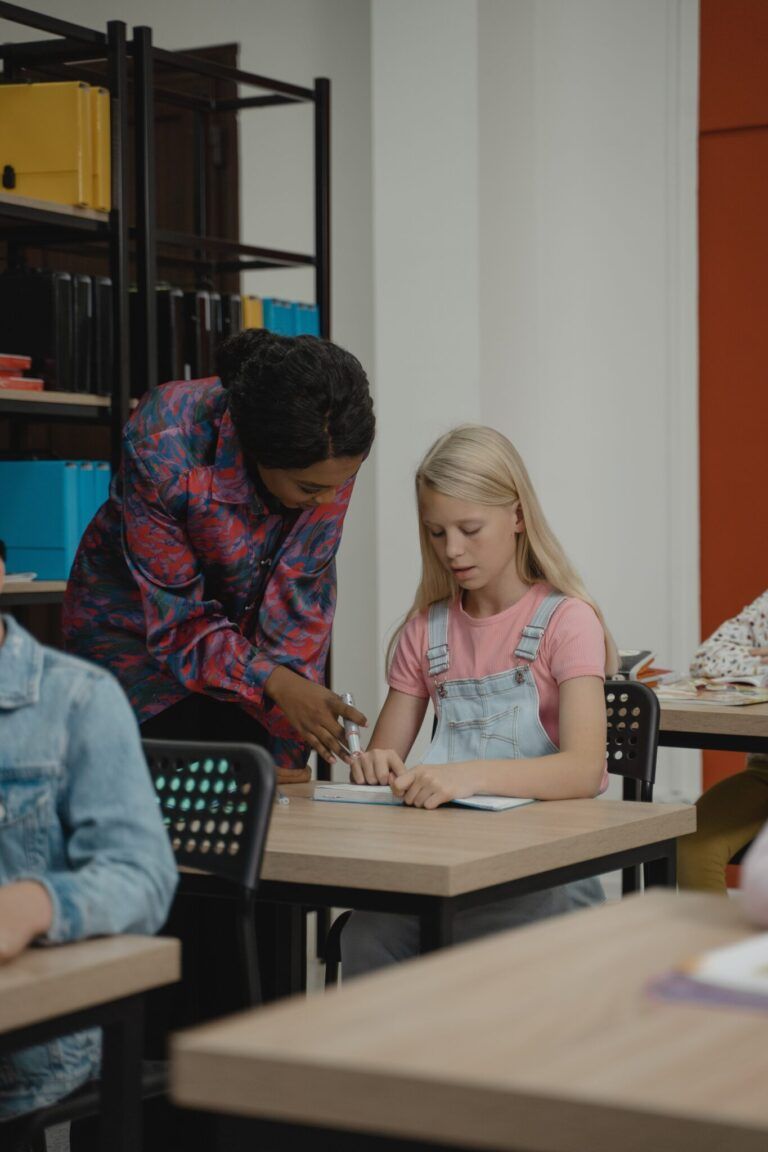Top 6 Tips on How to Assist the Learner in the Classroom through ABA
Many of ABA Works’ learners are returning to physical school sessions and are showing challenging behaviors due to this transition. If your child or learner is also resuming school in-person sessions, here are some tips on how ABA strategies can assist your child or the learner to be successful in the classroom:
- Identify and Establish the Reinforcers
This step is highly beneficial to assess the learner’s motivation. Before placing any demands, you will first need to identify the highly motivating reinforcers and to have those reinforcers ready with you. There are many assessments to determine the learner’s preferences. If you want more information about the different types of preference assessments you can utilize, please click here. By establishing the highly motivating reinforcers, it becomes significantly smoother to pair yourself with the learner.
2. Pair with your learner
In a previous ABA Works blog post click here, I mentioned that pairing means that the learner will have access to preferred items or activities through you. Remember, this means that it is not free access. When you have successfully paired yourself, the learner will become motivated to follow your lead and think of you like the fun person every time they see you. This strategy is beneficial to establishing and building a wonderful teacher-student relationship.
In order to maintain that relationship, you must consistently pair yourself every time you interact with the learner. Remember, when you are starting to pair, begin with providing the highly motivating activity non-contingently and with little to no demands or you can provide demands that relate to the activity. For example, with my learner, we were coloring, and I was holding the box of crayons. I playfully asked my learner, “Oh what color should we do next?” After hearing my learner’s clear request, I provided the color and praised them by saying, “Nice choice! Love your calm voice too!”
Once the learner identifies you as the fun person (and not the person who constantly assigns work), you can then introduce the tasks and expectations of the classroom.
3. Use visuals
Visuals can come in handy when transitioning from one activity to the next activity. There are many visuals you can use and some of the following can be highly supportive:
- Visual schedule: When you use a visual schedule, it can assist to establish structure in your learner’s school routine. Be sure to both present and explain to your learner the visual schedule used in the classroom.
- Token boards: These are also helpful inside and outside the classroom. Token boards can assist with motivation and encourage positive behavior from the learner. With a token board, you can demonstrate how much is needed to obtain the reinforcer and is a great way to provide the occasional reward after consistent appropriate behavior.
- Timer: Utilizing a timer also assists with transitioning from one activity to the next and can also be a great tool for priming your learner.
4. Prime your learner
Priming means that you are informing your learner beforehand about how much or how long it will be before transitioning from one activity to the next. Adding visuals to priming can assist with demonstrating the time or amount the learner has before that transition.
5. Use Prompts when necessary
In a previous ABA Works blog post click here, we discussed that prompts are a cue that encourages an individual to perform the correct response. If you plan to use prompts for your learner, be sure to discuss with all staff involved. With all personnel informed, a discussion can be made on:
- What types of prompts can be used when teaching a particular skill
- How long you should wait before using a prompt, and
- Determining the best method to fade prompts in order to avoid prompt dependency
6. Utilize Differential Reinforcement
Differential reinforcement is reinforcing only the appropriate responses (or the behaviors you wish to increase) and discontinuing reinforcement for all other responses (behaviors you wish to decrease). With one of my learners, for example, they would scream to get attention from others. In response to the scream, everyone did not provide attention. It was only until my learner started playing calmly with toys that they were given high praise from everyone (attention!).
When placing differential reinforcement into effect, the entire staff must be informed and involved in this strategy. With the collaboration, reinforcement of the appropriate responses can be consistent throughout the team and the team is informed of the behaviors that should not be reinforced.
For information on starting ABA services, click here
For starting a 40-hour RBT training, click here
For applying for a Behavior Technician or Supervisor position, click here
To sign up for our newsletter, click here

